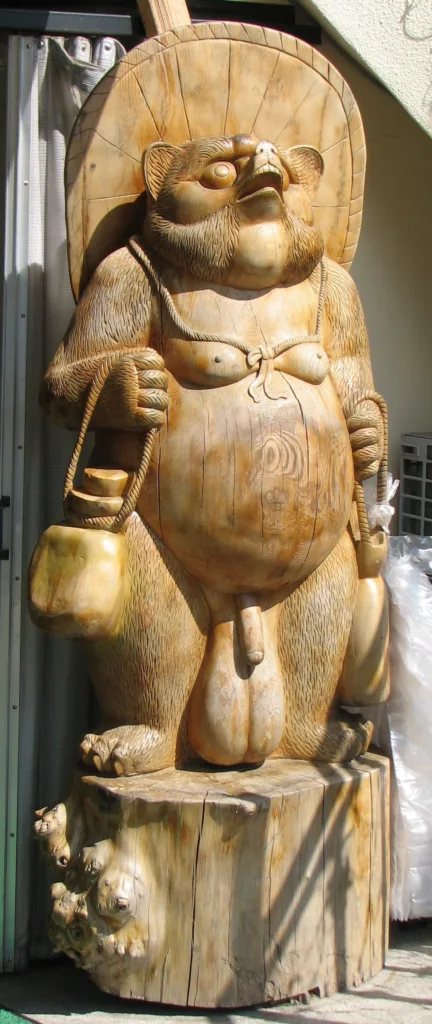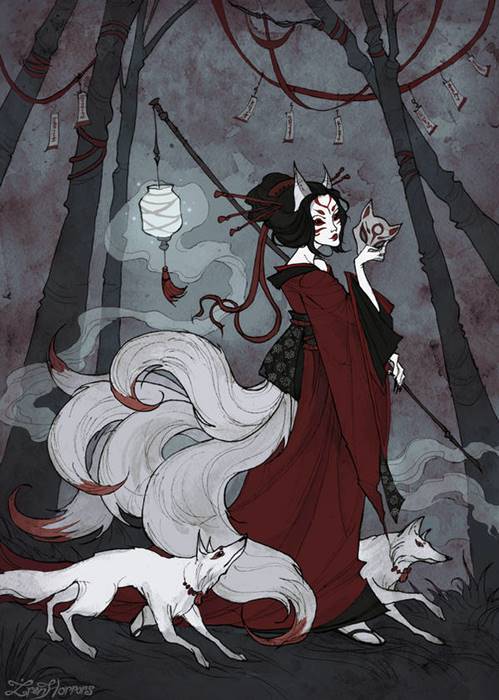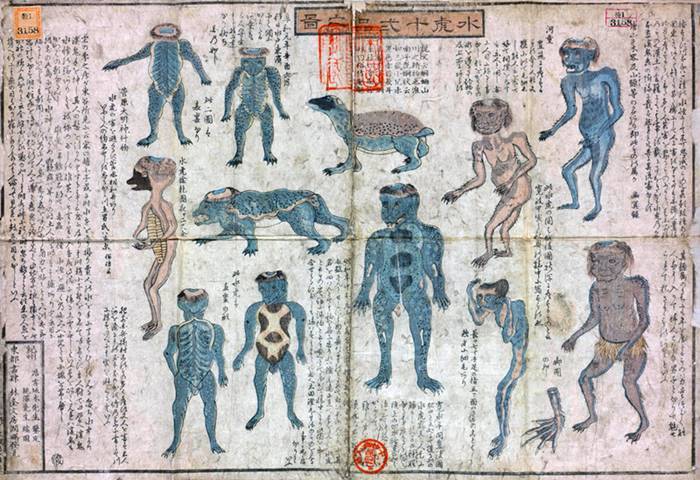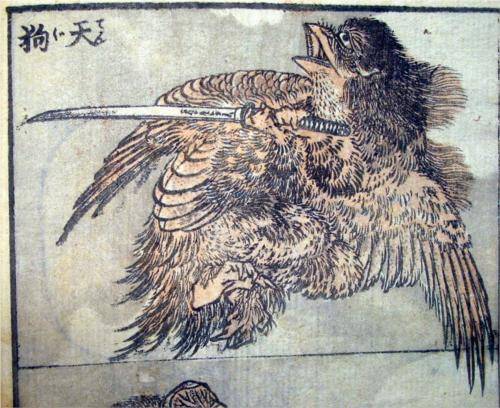Almost every culture around the globe is known for its rich folklore and myths, and their myths are not only diverse but also extremely creative. Japanese myths or folklore are full of amazing stories and interesting beings that reflect their culture. When we consider all the fantastic creatures, of which six have been highlighted for their unique features and unusual characteristics.
These spirits include Tanuki, the mischievous ones, the mysterious Kitsune, the sinister Kappa, the Tengu with its unknown power, the black Shikigami, and the different Tsukumogami. Each of these spirits adds a colorful narrative that depicts the complexity of Japanese folklore. The path will lead us further into the spiritual worlds of these figments of imagination. We will try to unravel the wondrous stories that have left an imprint on Japanese culture.

Tanuki Japanese Myths
The first and perhaps the most popular youkai (spirits) is the tanuki raccoon dog in Japanese mythology. While the Bake-Danuki, or monster tanuki, does not exist in the wild. The genie is known for its humorous and playful nature. It uses its power to change shape or possess the bodies of people to play silly pranks, mostly involving stealing just for the fun of it.
One time considered as protectors of the natural world they are now artfully compared to the trickster character. With the ability to transmute into humans, animals, all sorts of kinds of stuff, and parts of nature, they amuse people with their pranks. Tanuki in Japanese legends are usually funny and strange, even though they appear as wild cartoon characters with a lot of testicles instead of only a pair.
Tanuki statues, which are seen around temples in the country of Japan, are used as a symbol of good since they are holding a sake bottle, their faces are big, their eyes are big, and they have a protective hat on their head.
Kitsune Japanese Myths
Kitsune, youkai foxes, a seemingly popular mythological being in Japanese folklore is another example. Smart and tricky, kitsune can change their shape to anything and can see into the future; as well, they have a very long lifespan. Dichotomized into the Zenko and the Yako, foxes occupy a dual position as either the benevolent or malicious entities in Japanese mythology.
Spiritual foxes called zenko are emissaries of the god Inari, guardian of the rice fields, fortune, and fertility. Fushimi Inari Shrine close to Kyoto is well known as a place of worship of the kind youkai who are the protectors of people. In comparison, the Yako, the shapeshifters who are foxes, either play pranks on or give away their wealth to humans depending on the latter’s actions.

Kappa – Japanese Myths
One of the many youkais, Kappa is a water-associated humanoid being that sets it apart from the rest. Having different features from amphibians and reptiles, Kappa changes their appearance time to time, such as baby or child body with green skin, slimy and scaled texture, and webbed feet.

Kappa are recognizable by the shell with turtle patterns on their backs, a beak-like mouth and a bowl-like object where their head would be. Life-force liquid is stored in the bowl. Kappa are not always friendly. They can do harmless gags or, in the other hand, they are able to invite humans to water by pulling them for a drown. This explains why Kappa has a predilection for cucumber, which has become the traditional name Kappamaki for the cucumber-filled sushi rolls.

Tengu – Japanese Myths
Tengu, in many forms of Japanese myths history, were first known as monsters with crow-like features. Now the pictures showed the faces of long-nosed creatures with red noses. It was initially not very evil and mischievous but changed over time and connected with war, destruction, and protective deities from the mountains and forests.
Daitengu, a sophisticated Tengu form that is similar to monks, practice refined enlightenment via introspection. In spite of their drive toward perfection, the Daitengu have induced destructive natural phenomena and the wellbeing of humans. The fact that Tengu are depicted as cunning and also caring in Japanese folklore is testimony of their dual nature. Shikigami (式神) (also read as Shiki-no-kami (式の神)) is the term for a being from Japanese folklore. According to the Shinto scholar Inoue Nobutaka, it is thought to be some sort of kami, represented by a small ghost.
Tsukumogami are ordinary objects (typically household items) that, upon reaching their 100th birthday, receive souls and become sentient beings. These spirits are relatively harmless and very rarely descend past playful tricks and pranks upon their owners; however, if the items become torn, ripped, or in any way abused, they will become vengeful and take their rage out on their possessors. Though little more than a popular folktale today, on occasion some will perform a ceremony to appease and soothe the spirits of broken or torn older items.
While the Tanukis, Kitsunes, Kappas, Tengu, Shikigamis and Tsukumogamis strike the imagination, we reveal an intriguing mythological mosaic of Japanese myths culture. These original supernatural mystical creatures do not only reflect the richness of Japanese mythology but also, they are the mediums which the culture is communicated through and moral tales are delivered. In Japan, even the folklore creatures,such as shape-shifter like the Tanuki, or the messenger like the Kitsune, and the vengeful like the Tsukumogami, each has their own place and contributes to the overall narrative traditions of the country.
As our soul journeys among the dwellings of these mystical creatures, we begin to appreciate the cultural depth and the tales of great history that have influenced the folk mythology of the land.




